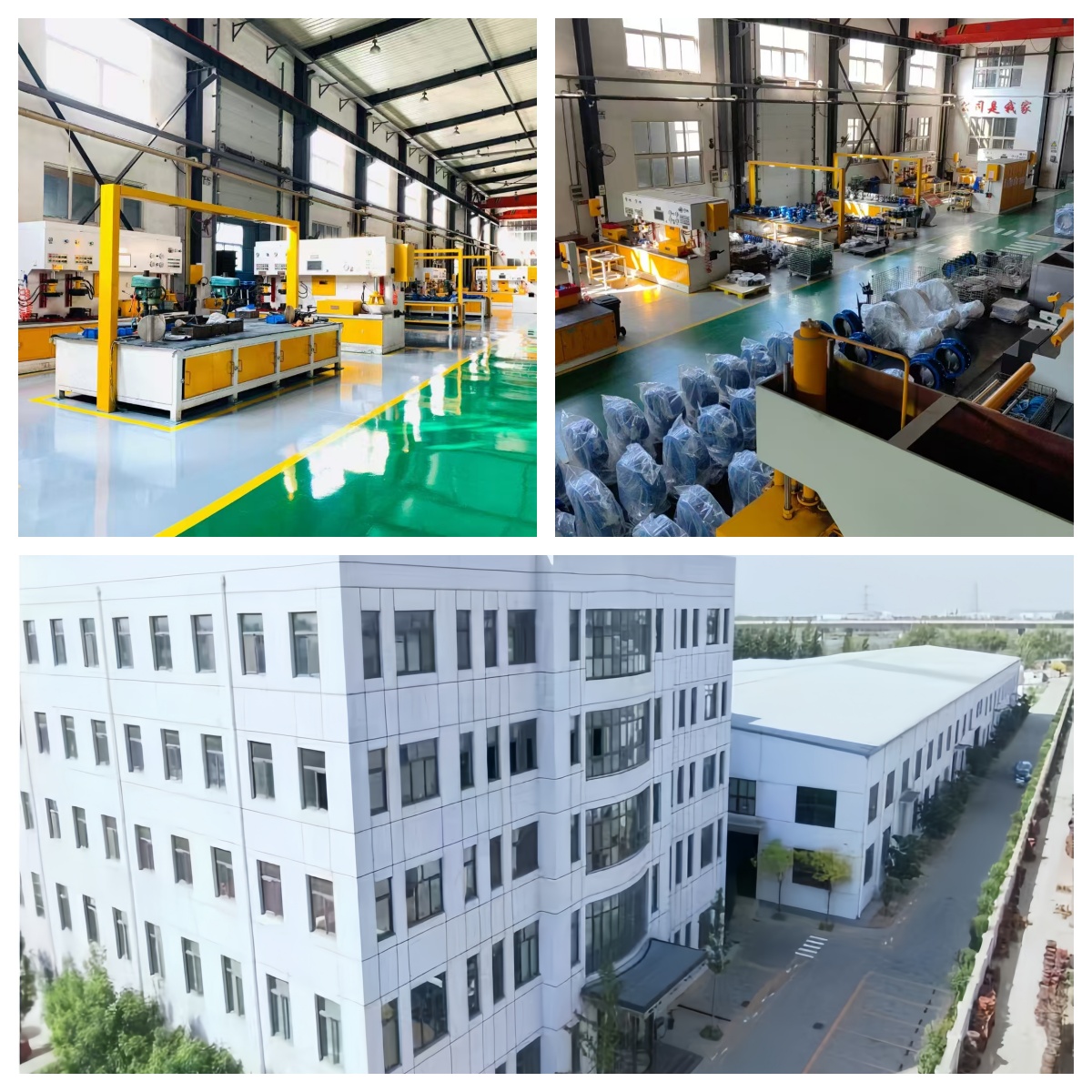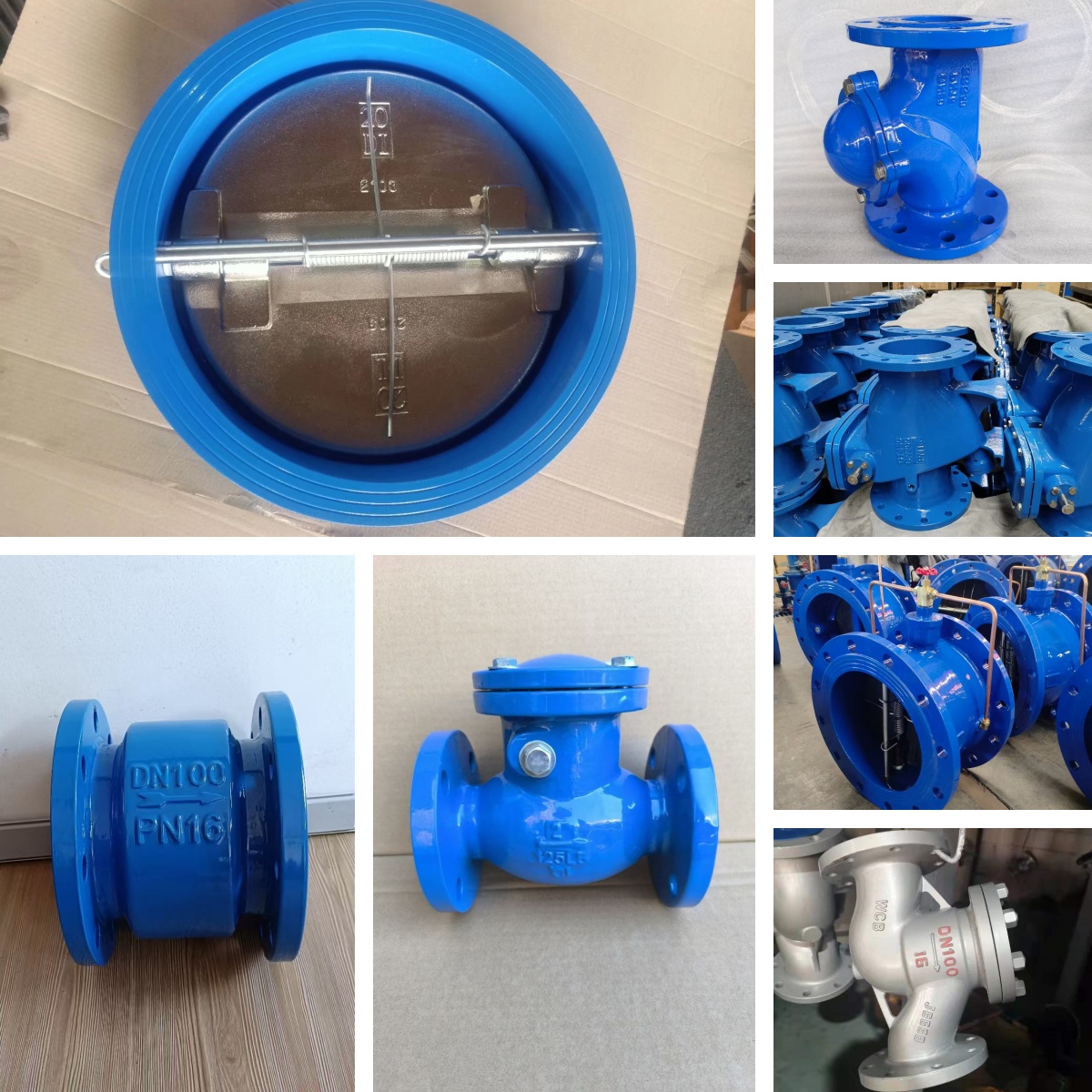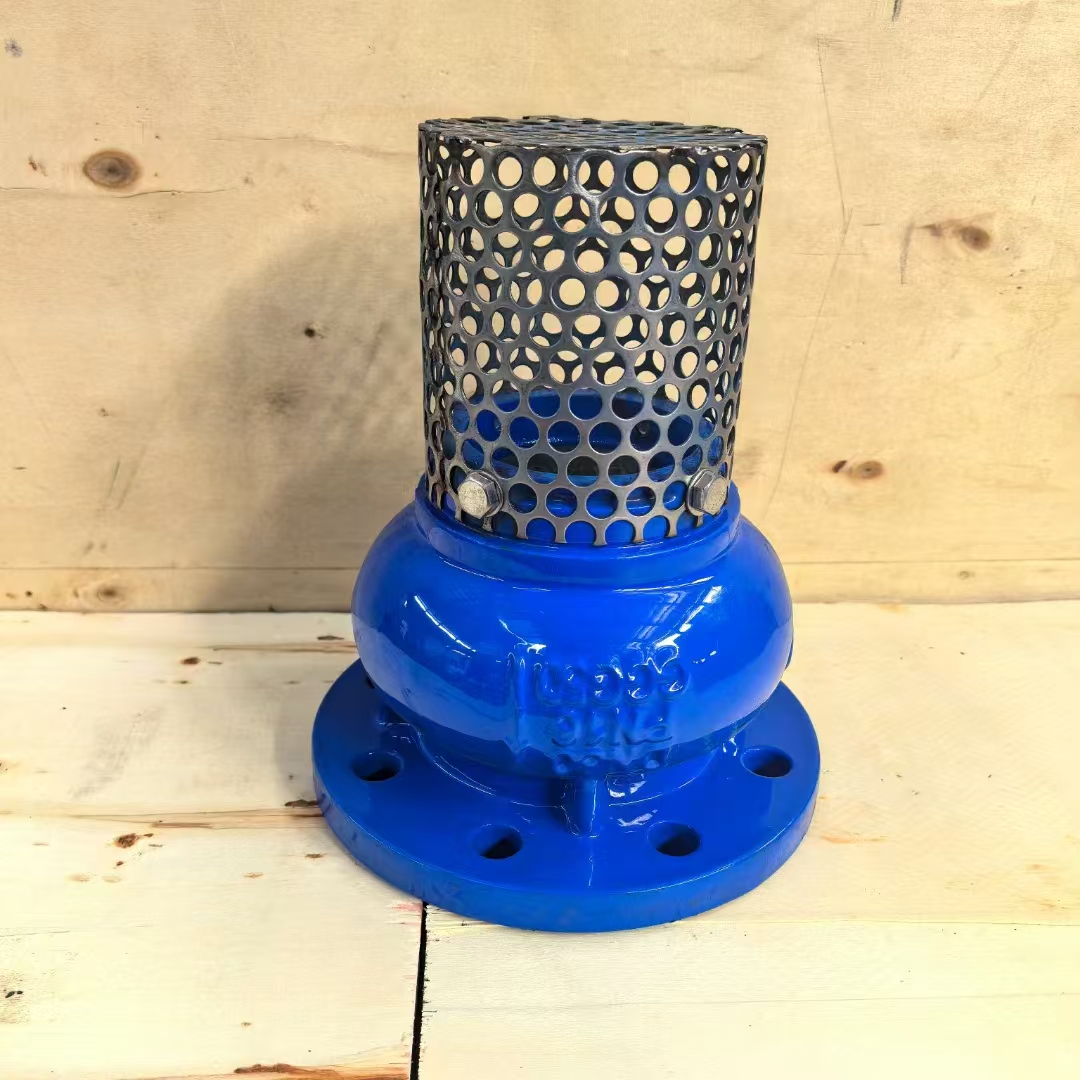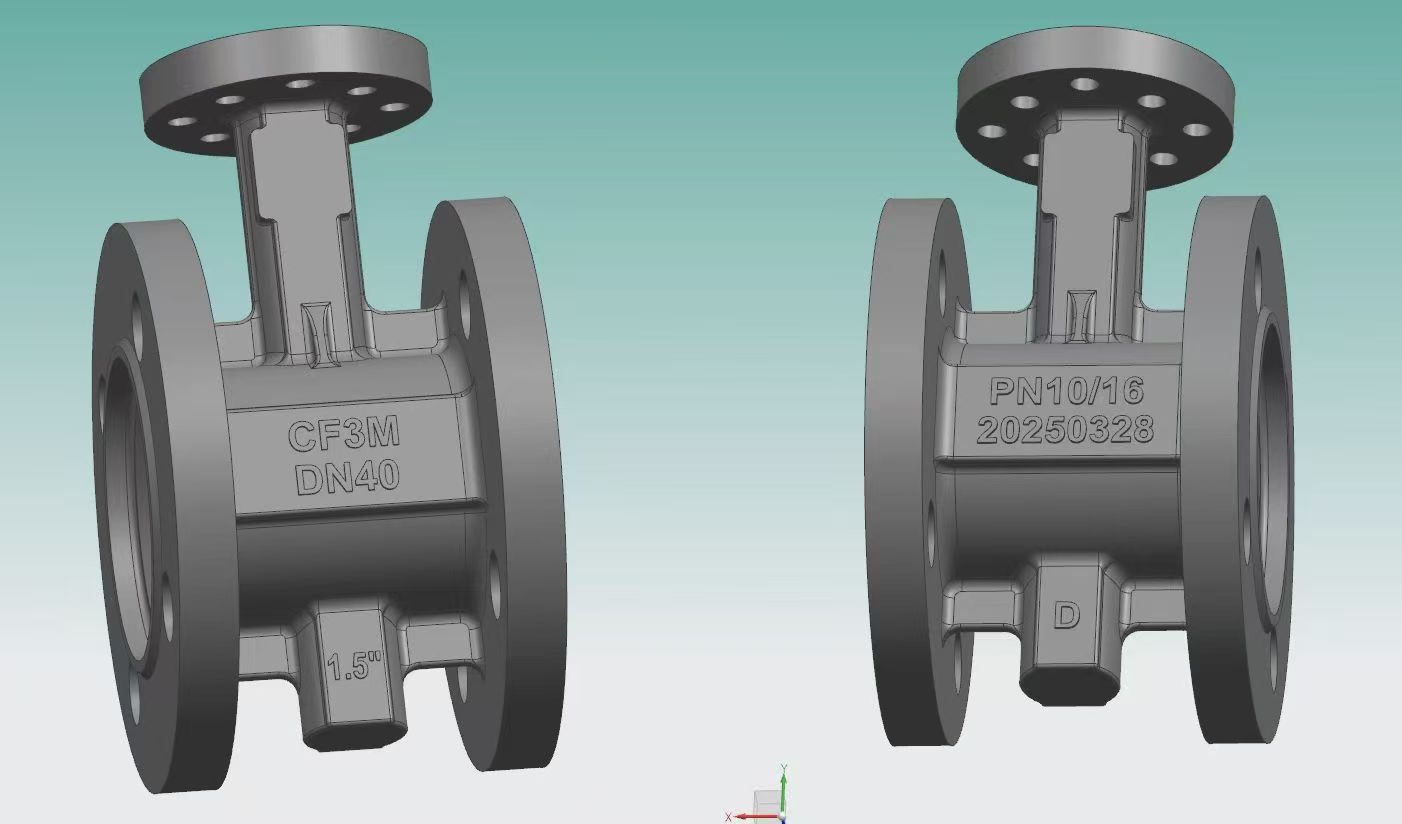A check valve, also known as a non-return valve or one-way valve, is a mechanical device that allows fluid (liquid or gas) to flow in only one direction while preventing reverse flow. The working principle of a check valve is relatively simple.
The basic design of a check valve consists of a valve body with an inlet and an outlet, and a movable valve element such as a disc, ball, or flap that blocks or allows flow depending on the direction. Here's how it works:
Flow in the Desired Direction: When the fluid flows in the desired direction, the pressure exerted on the valve's inlet side is higher than that on the outlet side. This pressure difference causes the valve element to be pushed away from the seat, allowing the fluid to pass through the valve.
Preventing Reverse Flow: If there is a reverse flow or backflow of fluid, the pressure on the outlet side becomes higher than that on the inlet side. This pressure difference forces the valve element against the seat, sealing off the flow path and preventing the fluid from flowing backward.
The design of check valves can vary, and there are different types of check valves available, including swing check valves, lift check valves, ball check valves, and diaphragm check valves. Each type operates slightly differently, but they all function base d on the same The principle of allowing flow in one direction while preventing reverse flow.
Check valves are commonly used in various applications, such as plumbing systems, pumps, compressors, and hydraulic systems, where backflow prevention is essential.








